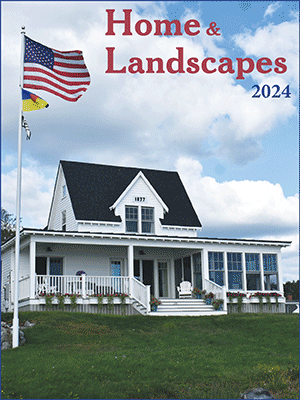The Early Bird Gets the Snow
The early bird may get the worms, but they may also get an unexpected dump of snow that makes the worms hard to find. Although the snow has been relatively light (at least closer to the coast) and has melted pretty quickly, it certainly impacts many birds, especially early spring migrants.
We noticed the impact this last weekend. Along many country roadsides we traversed, there was a 2-3 foot strip of sand and gravel between the snowbanks (such as they were) and the road. As we drove along, flocks of sparrows flew up. Occasionally, we could see the flash of white on the sides of the tail that signified a junco. But otherwise, we found it fairly easy to sort out which sparrow species were in the group.
We got lucky when we were checking out our favorite farm grasslands. There in the more open space ahead, we were able to spot the sparrow flocks before they flushed into the brush. Amid the recurring snow showers, in the few seconds of clear view after each swipe of the windshield wipers, we counted: 20, 25, 28, 30! In one 50-foot section of roadside, we were amazed to count at least 30 sparrows scratching in the snow-free gravel.
When the snow finally stopped, we inched the car forward to get close enough to look carefully through the sparrow flock. Amazingly, not a single car drove by in the 15 or 20 minutes that we perused the flock. Most of the birds were song sparrows. We could hear song sparrows singing on territory nearby, making us think that those in the flock were on their way to places farther north. Song sparrows nest north to Newfoundland, Hudson Bay, the Northwest Territories, and southern Yukon and Alaska, so perhaps these birds were among the sea of song sparrows migrating to distant lands.
Our continued scrutiny revealed some other sparrow species there too. There—the one with the song sparrow-like streaked breast but a much shorter tail—a Savannah sparrow. A close view finally let us see the yellow eyebrow, too. As we scanned, we found two more.
Farther down the road, a slim sparrow with no streaks on its breast dropped down amid the song sparrows. Its white wingbars, rufous cap, and single breast spot identified it as an American tree sparrow—a species of winter here in Maine that breeds across the top of the North America continent.
What attracted this bounty of sparrows to the narrow snow-free strip along the road? Often, birds are attracted to such places to pick up salty grit. The salt and grit on these roadsides comes from municipal trucks that put salt and sand on the roads for safety reasons during snow storms. Seed-eating birds, in particular, naturally get less salt in their diet than species that eat animals because plants contain much less salt than animals do. These birds seem to crave salt the same way animals that eat plants do—porcupine and deer, for instance.
But does the salt concentration on the roadside alone account for the high numbers of sparrows we were seeing? Why, after the snow melted away, did we not flush the same large flocks from the roadsides? Was the salt dispersed with the snow melt and rain that followed? There are lots of questions that we can’t answer, but we sure enjoyed having a chance to see this cloud of sparrows on a snowy spring day.
Jeffrey V. Wells, Ph.D., is a Fellow of the Cornell Lab of Ornithology and Vice President of Boreal Conservation for National Audubon. Dr. Wells is one of the nation's leading bird experts and conservation biologists. He is a coauthor of the seminal “Birds of Maine” book and author of the “Birder’s Conservation Handbook.” His grandfather, the late John Chase, was a columnist for the Boothbay Register for many years. Allison Childs Wells, formerly of the Cornell Lab of Ornithology, is a senior director at the Natural Resources Council of Maine, a nonprofit membership organization working statewide to protect the nature of Maine. Both are widely published natural history writers and are the authors of the popular books, “Maine’s Favorite Birds” (Tilbury House) and “Birds of Aruba, Bonaire, and Curaçao: A Site and Field Guide,” (Cornell University Press).









































